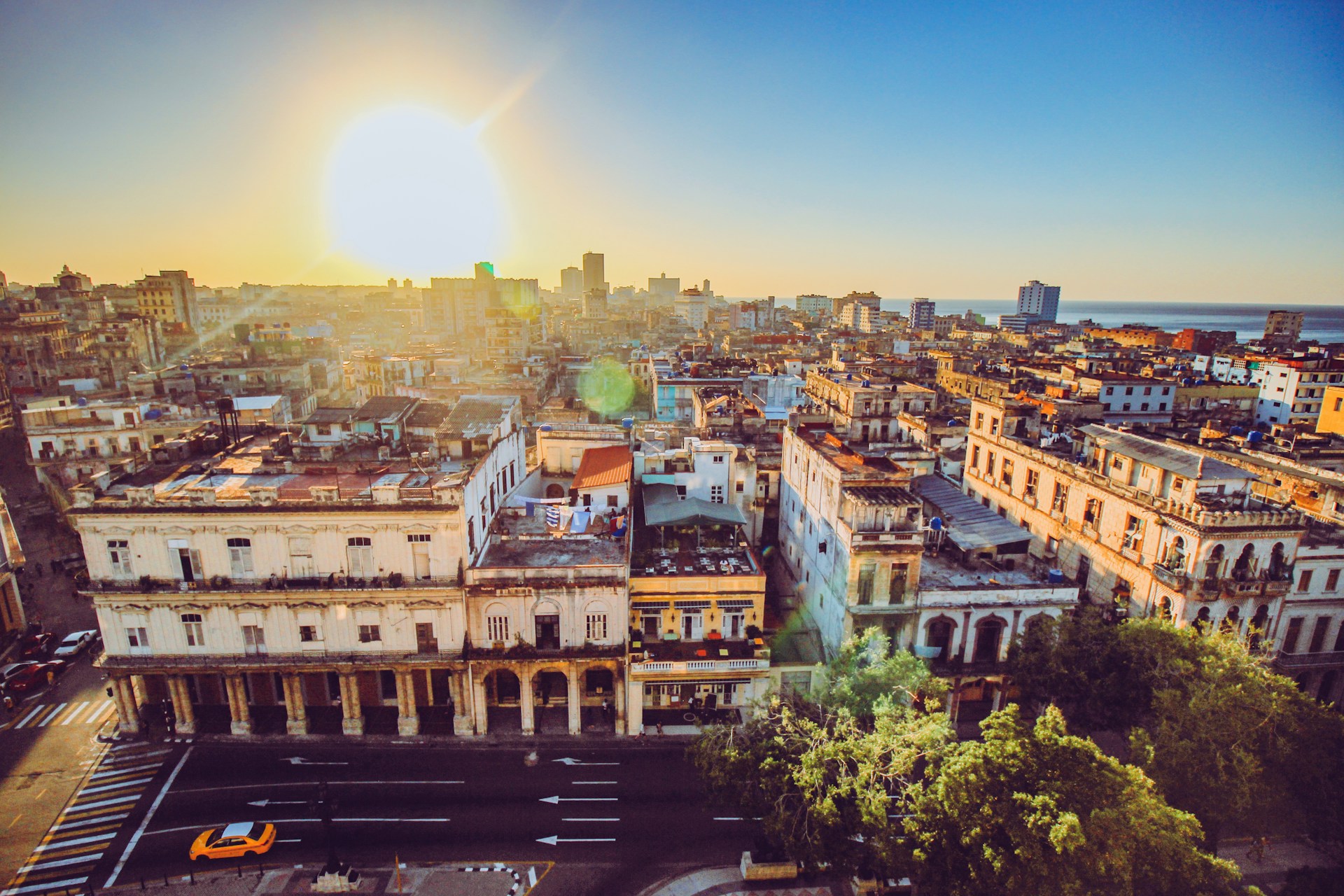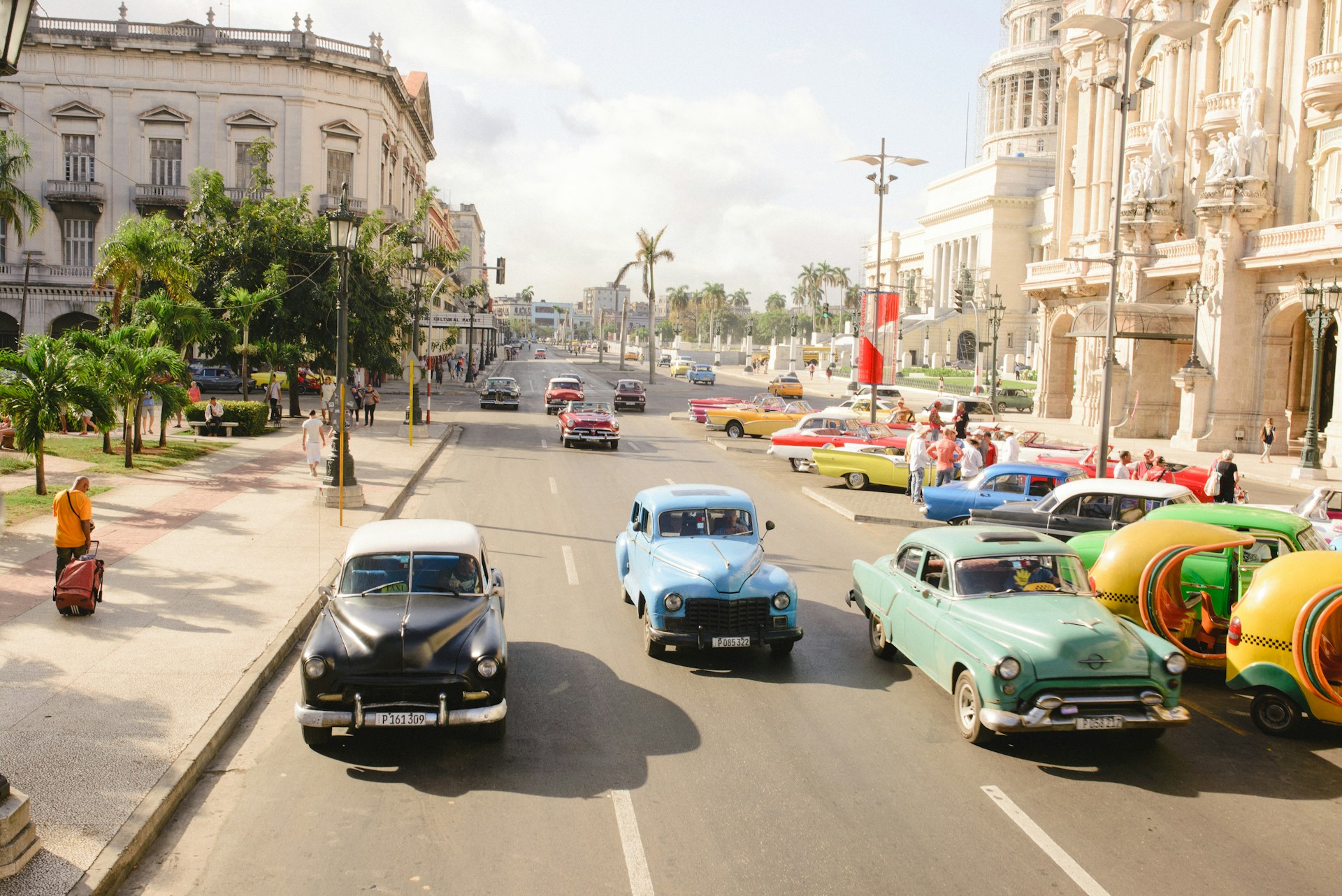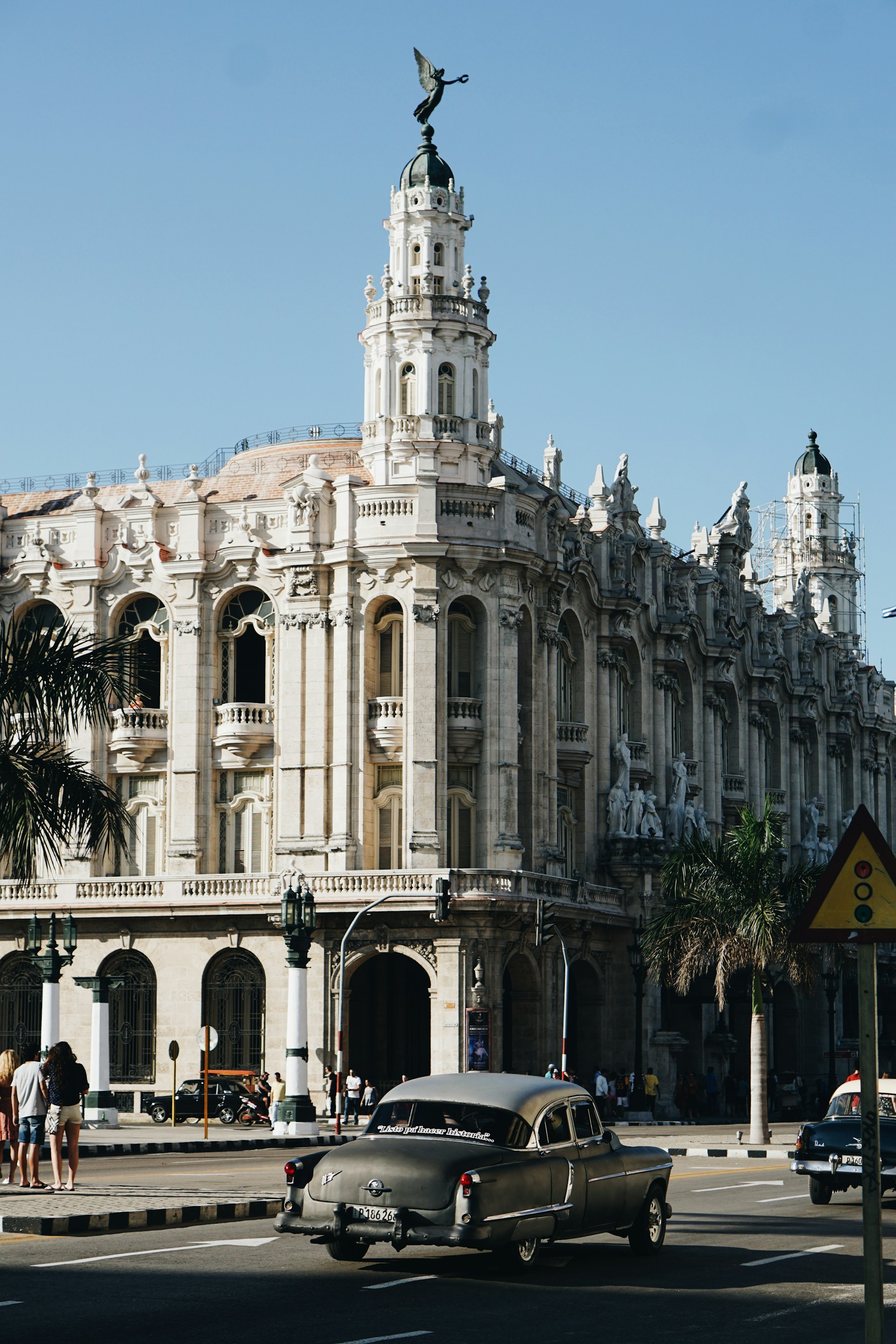Havana - Travel Guide
The exotic capital of Cuba and largest city in the Caribbean is a must-see for any visitor. For centuries, it has served as the gateway to the Gulf of Mexico. And in 1982, Old Havana, the city’s historic centre, was declared a UNESCO World Heritage site.
The city’s first building, overlooking the entrance to a protected bay, dates back to 1519. Originally christened La Villa de San Cristóbal de la Habana, the city became a depository for treasures that Spanish fleets brought to the New World. It also became the centre of trade and commerce between the old and new worlds. Havana’s strategic geographic position was a major factor in its rapid growth, and in the decision to build a sea wall in the 17th century. The wall was completed more than 100 years later.
Today, Havana is the heart of the nation’s busy political, scientific and cultural life. Museums, theatres and concert halls, art galleries and cultural institutions are popular venues, while some—such as the National Ballet of Cuba, House of the Américas, Foundation of New Latin American Film and National Folkloric Dance Group—have won international acclaim. Both day and night, Havana continues to thrill visitors anew.

Photo: Havana, Cuba
Places to visit
El Templete
Every November 16, Habaneros flock to this small 1828 neoclassical building to celebrate the anniversary of the first mass and the first town council of San Cristobal de la Habana.
Parade Square
Major events are held in this square, where the Castillo de la Real Fuerza (1577) exhibits the most important pottery art collection in the island. The building’s tower is crowned by La Giraldilla, an artistic wind vane that has become a symbol of the city. Also in the square are the Captain-General’s Palace (Museum of the City) and El Segundo Cabo.
Cathedral Square
Surrounded by opulent mansions, this ancient square comprises the recently restored Plaza Vieja (Old Square) and Francis of Assisi square. On the former stands the San Juan de Jaruco mansion; on the latter are the church and convent of the same name. One of the convent’s cloisters houses the Museum of Sacred Art.

Photo: Cars of Cuba
Morro-Cabaña historic military park
Two ruins mark this important historical fortress: El Castillo de los Tres Reyes del Morro (The Castle of the Three Kings of El Morro), built in 1630, and the fortress of San Carlos de la Cabaña, erected in 1774. Both house military museums, and cannons are still shot daily to announce 9 p.m.
Across from this park are the famous Prado Promenade, the Great Theatre of Havana and the Capitol building. This houses the Statue of the Republic, which has planted at its feet a diamond to mark kilometre zero of the Carretera Central (Central Road).
Vedado
The famous 12-kilometre oceanside road, Malecon, links Old Havana to the busy neighborhood of Vedado, whose central area, La Rampa, allows easy access to other places of interest. These include the University of Havana, Revolution Square and the José Martí Monument (highest lookout in the city, 138 metres above sea level) and the Colon Cemetery, one of the world’s largest necropolises.

Photo: Havana, Cuba
Miramar and beyond
To the west, Fifth Avenue leads into the residential area of Miramar and Havana’s central business area, which contains an impressive model of the city. Past the Convention Centre, Pabexto, where various fairs take place during the year and beyond the exclusive Club Habana is Marina Hemingway. Here, visitors can go snorkeling, sailing and deep-sea fishing, or take seafari tours to the coral reef.
Cojimar
About six kilometres east of the city is the colourful fishing village of Cojímar, where Nobel laureate Ernest Hemingway kept his boat, the Pilar, and found material for many of his stories.
Playa del Este
Outside Havana’s east coast, more than 15 kilometres of fine beach stretch between Bacuranao and Guanabo, where weekend and vacation spots include Santa María del Mar.

